A Reporter’s Goof Made Americans Party Like Crazy
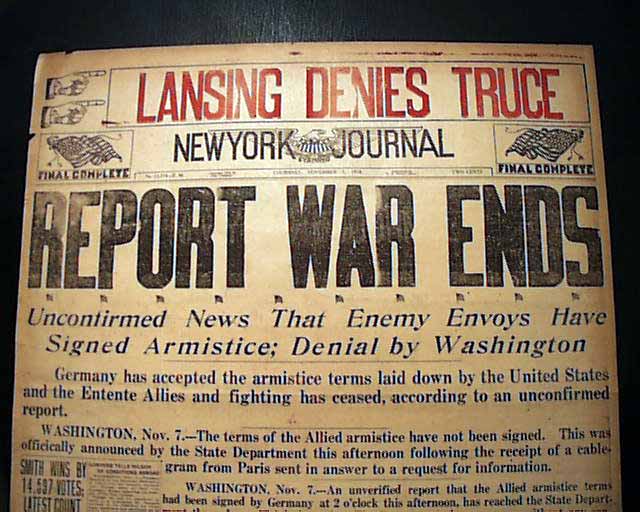 We’re hearing much these days about fake news. Don’t worry – I’m not touching that discussion with the proverbial 10-foot pole.
We’re hearing much these days about fake news. Don’t worry – I’m not touching that discussion with the proverbial 10-foot pole.
But fake news isn’t new. A century ago one incident of it drove America into a frenzied celebration. The problem was, it wasn’t factual. Here’s how it happened.
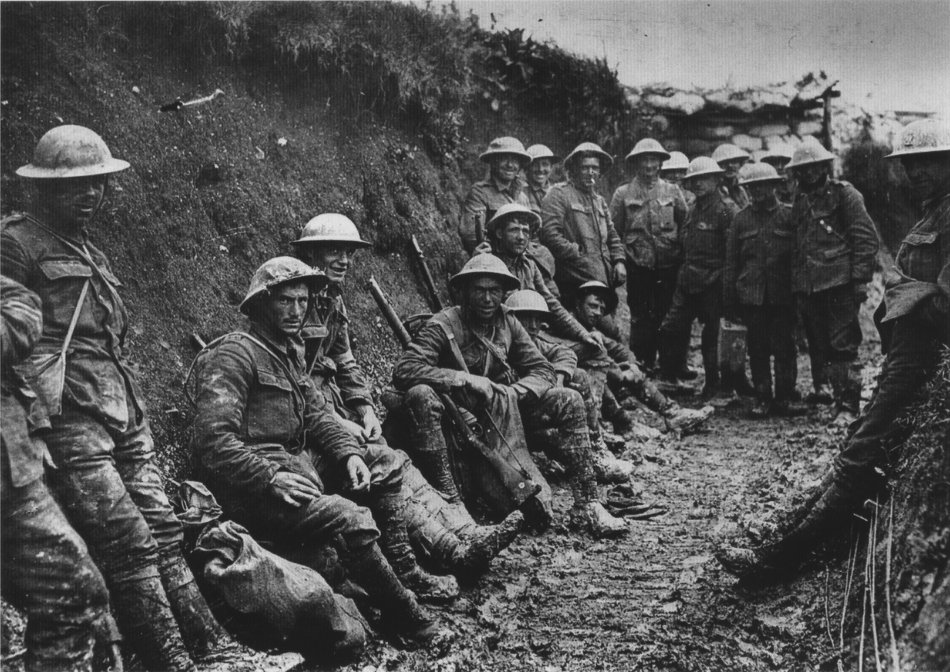 Mankind had never seen anything like World War I. It featured such new horrors as poison gas, bombs dropped from the sky and machine guns. More than 17 million people from 32 countries died; another 20 million were wounded.
Mankind had never seen anything like World War I. It featured such new horrors as poison gas, bombs dropped from the sky and machine guns. More than 17 million people from 32 countries died; another 20 million were wounded.
Naturally, people desperately wanted the war to end. By November 1918 it seemed peace was finally within sight.
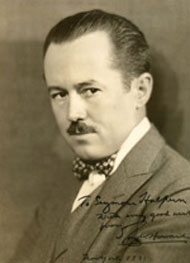 Which is where Roy Howard enters the story. He was president of United Press (later United Press International), a news service locked in fierce competition with rival Associated Press.
Which is where Roy Howard enters the story. He was president of United Press (later United Press International), a news service locked in fierce competition with rival Associated Press.
With the war winding down Howard was in Brest, France on November 7 meeting with Admiral Henry Wilson, commander of American naval forces in Europe.
Exactly what happened next is fuzzy. Wilson received word (either by telegram or phone) from a friend at the American Embassy in Paris saying an armistice had been signed that morning. The war was over!
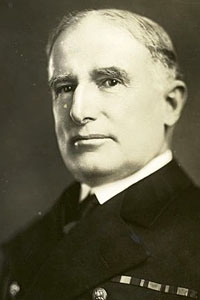 As a former reporter, I can attest that journalists spend their entire career hoping for a scoop that big. And Howard had it all to himself.
As a former reporter, I can attest that journalists spend their entire career hoping for a scoop that big. And Howard had it all to himself.
He asked Wilson if it was ok to report the news. Sure, the admiral said.
Howard raced to the nearest telegraph office, where he violated UP’s own rules. All dispatches coming from France had to be signed by Howard and William Simms, UP’s foreign editor. But Simms was 375 miles away in Paris. Waiting to reach him risked losing the exclusive.
So Howard simply forged Simms’ signature and sent these words:
“URGENT – ARMISTICE ALLIES SIGNED ELEVEN [this morning] – HOSTILITIES CEASED TWO [this afternoon] HOWARD-SIMMS.”
 The news hit New York like a bomb. Wall Street suspended trading. Stores closed with one merchant posting in his window, “Too happy to work. Come back tomorrow!” Traffic stopped as crowded streets turned into impromptu block parties. And of course, alcohol flowed very, very freely.
The news hit New York like a bomb. Wall Street suspended trading. Stores closed with one merchant posting in his window, “Too happy to work. Come back tomorrow!” Traffic stopped as crowded streets turned into impromptu block parties. And of course, alcohol flowed very, very freely.
 The news Americans had longed for was finally here.
The news Americans had longed for was finally here.
Except it wasn’t. The war still raged in France. Admiral Wilson’s friend had merely passed along a rumor. And Howard hadn’t bothered to confirm it.
When word reached Washington, Secretary of State Robert Lansing practically tripped over himself issuing a denial.
 But people rejected it. They clung to what they wanted to believe, that the war was indeed over, and they weren’t letting anyone take it away. Angry mobs destroyed copies of newspapers that ran the denial and even briefly attacked the Associated Press’ New York office for not confirming an armistice.
But people rejected it. They clung to what they wanted to believe, that the war was indeed over, and they weren’t letting anyone take it away. Angry mobs destroyed copies of newspapers that ran the denial and even briefly attacked the Associated Press’ New York office for not confirming an armistice.
Celebrations across the country lasted all night. Yet by the next morning there could be no disputing it. Men were still fighting and dying in the trenches. The UP had got it wrong.
The New York Times called it “the most flagrant and culpable act of public deception” in the history of journalism.
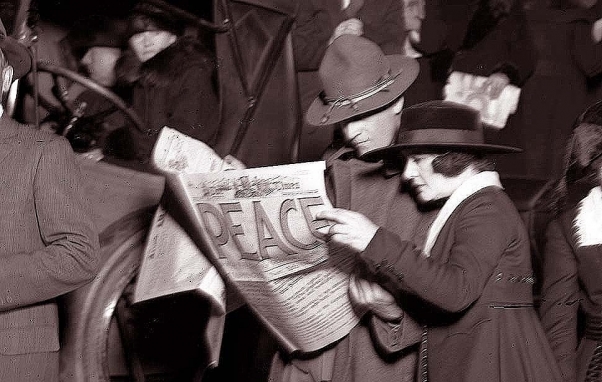 Every school child knows the armistice was actually signed four days later “on the eleventh hour of the eleventh day of the eleventh month.”
Every school child knows the armistice was actually signed four days later “on the eleventh hour of the eleventh day of the eleventh month.”
With the war truly over, Americans partied all over again. The so-called “False Armistice” of November 7th had merely been a dress rehearsal for the real thing on the 11th.
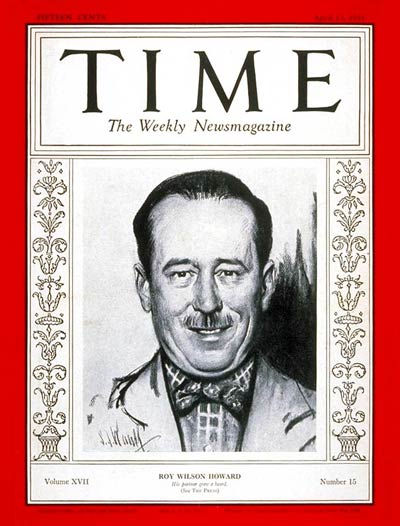 As for Roy Howard, he wiped the egg off his face and soldiered on. He headed the E. W. Scripps Company in 1920, which later became the Scripps Howard newspaper and broadcasting chain. He even interviewed Josef Stalin in 1936. Though when Howard retired in 1953 his big mistake from 35 years earlier still haunted him.
As for Roy Howard, he wiped the egg off his face and soldiered on. He headed the E. W. Scripps Company in 1920, which later became the Scripps Howard newspaper and broadcasting chain. He even interviewed Josef Stalin in 1936. Though when Howard retired in 1953 his big mistake from 35 years earlier still haunted him.
So let today’s Left and Right argue as they will. “Fake news” has been around for a very long time and will exist a long time from now, too. And that’s a fact.
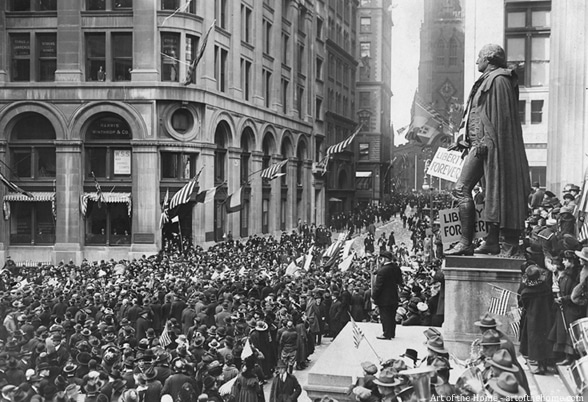 Did you find this enjoyable? Please continue to join me each week, and I invite you to read Tell it Like Tupper and share your review!
Did you find this enjoyable? Please continue to join me each week, and I invite you to read Tell it Like Tupper and share your review!
Curious about Tell It Like Tupper? Here’s a chance to see for yourself. Take a sneak peek at a couple chapters in this free downloadable excerpt.

